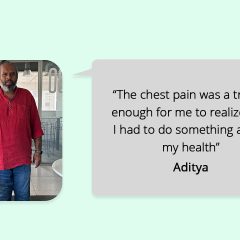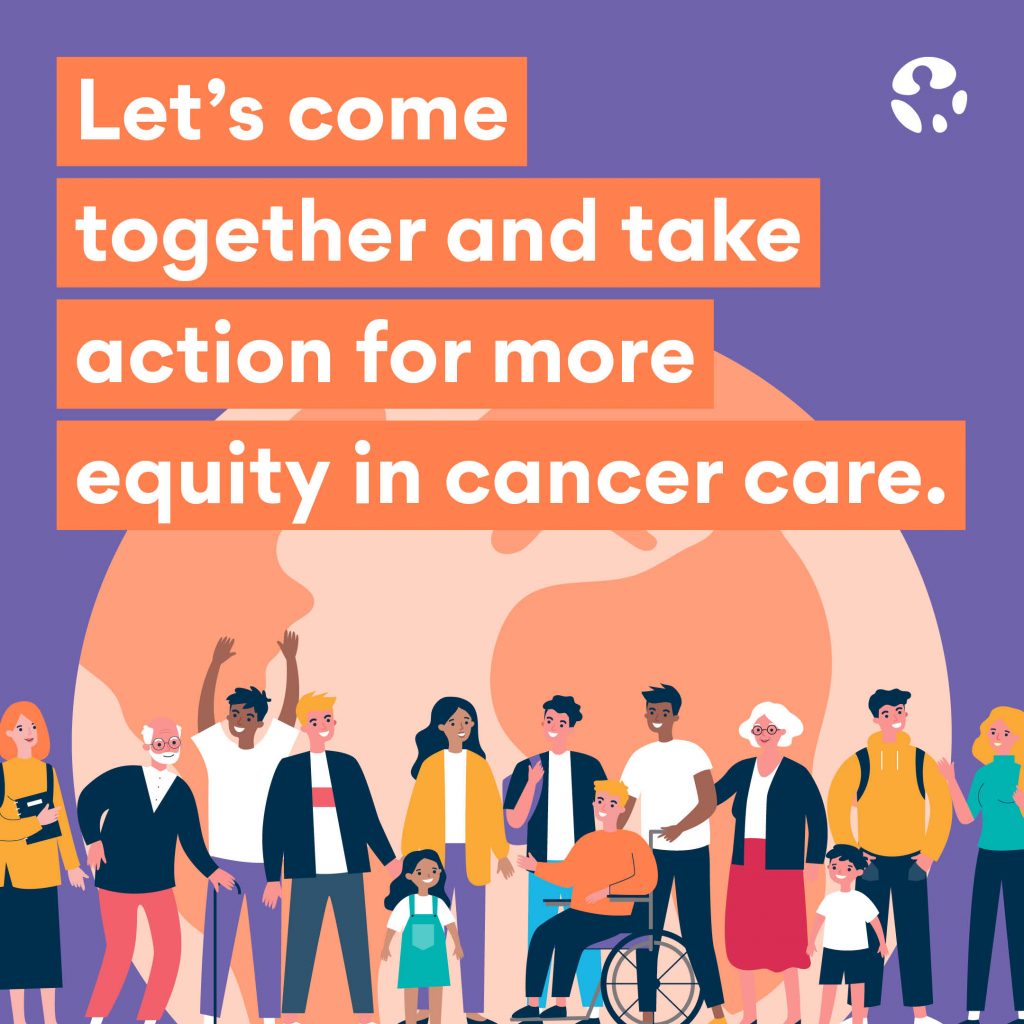 Access to essential health services is a huge challenge for at least half the world’s population, according to a report from the World Bank and WHO. Many households are pushed into poverty as they have to pay for healthcare from their own pockets. This is especially true for cancer, a disease that many people are denied basic care for, although we live in a time where there are amazing advancements in cancer prevention, diagnostics and treatment.
Access to essential health services is a huge challenge for at least half the world’s population, according to a report from the World Bank and WHO. Many households are pushed into poverty as they have to pay for healthcare from their own pockets. This is especially true for cancer, a disease that many people are denied basic care for, although we live in a time where there are amazing advancements in cancer prevention, diagnostics and treatment.
The equity gap is costing people lives as those who need cancer care face barriers at every turn. Factors such as income, education, location and discrimination based on age, gender, ethnicity, sexual orientation, disability and lifestyle affect cancer care negatively. So do risk factors such as tobacco, diet or environmental hazards.
Barriers That Affect Cancer Care Gender Norms and Discrimination:
Women and girls face discrimination because of stereotypes and expected gender roles. Men also face challenges because of social norms surrounding masculinity, which stop them from taking life-saving procedures such as surgery for early prostate cancer, for fear of incontinence or impotence.
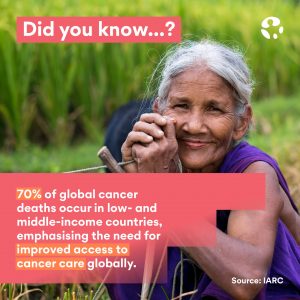
Socioeconomic Status: Poverty is a major obstacle to proper care as many people cannot pay for or access screening and treatment services. The ways of prevention and knowledge among these communities are also low.
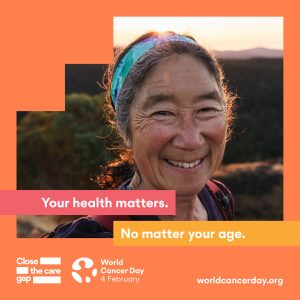
Age Discrimination: Older individuals are greatly underrepresented in the research that establishes the standards for cancer treatment. Many older women with breast cancer get less chemotherapy than their younger counterparts. More than 70% of deaths caused by prostate cancer happen in men above the age of 75. Age should not affect the quality of care one gets.
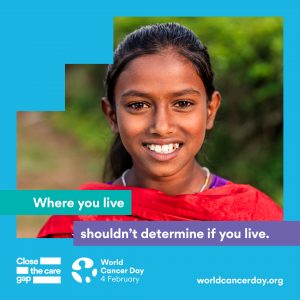
Rural-Urban Divide: Where one lives, should not affect if one will live. Rural patients are often diagnosed at later stages and are less likely to get suitable treatment. The financial cost of traveling to a place where one can get treatment and getting the right treatment can be too much.
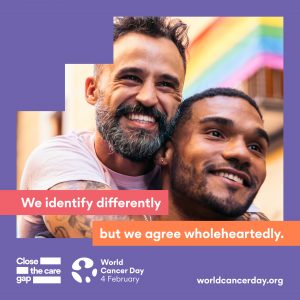
Homophobia, Transphobia & Related Discrimination: Around the world, the lesbian, gay, bisexual, transgender, queer and intersex (LGBTQAI) community face aggression and discrimination. They are also likely to face lack of awareness or bias from health practitioners.
These barriers to cancer care are only some of the ways in which people can be denied of cancer care. But these barriers can be removed. The first step is to acknowledge this inequality, question our own beliefs and prejudices, listen to the views of people living with cancer and fight these gaps when we see them.
What Leaders and Governments Can Do To Improve Cancer Care:
Leaders and governments have a vital role in enhancing cancer care and closing the equity gap. Here are some of the steps they can take:
Improve the health system and make cancer services more accessible and affordable, especially in low- and middle-income countries and rural areas. This can be done by investing in infrastructure, equipment, human resources, and supply chains, as well as offering universal health coverage and social protection schemes
- Reduce and manage cancer risk factors, such as tobacco, alcohol, unhealthy diet, physical inactivity, and environmental pollution, by enacting effective policies and regulations. These include taxing harmful products, restricting their promotion, enforcing smoke-free and labeling laws, and promoting healthy habits.
- Support and apply research and innovation in cancer prevention, diagnosis, treatment, and care. This involves funding and facilitating studies, trials, and technology, and promoting collaboration and knowledge sharing among researchers, practitioners, and policymakers.
- Empower and involve people and communities in cancer care and advocacy, and meet their voices and needs. This involves educating on cancer prevention and early detection, providing psychosocial and palliative care, and supporting civil society organizations and patient groups that work for cancer causes.
By taking these steps, leaders and governments can make a change in enhancing cancer care and saving lives. They can also help achieve the global goals and targets set by the World Health Organization and the United Nations, such as the 2030 Agenda for Sustainable Development and the Global Action Plan for the Prevention and Control of Noncommunicable Diseases.
#BeTheForce
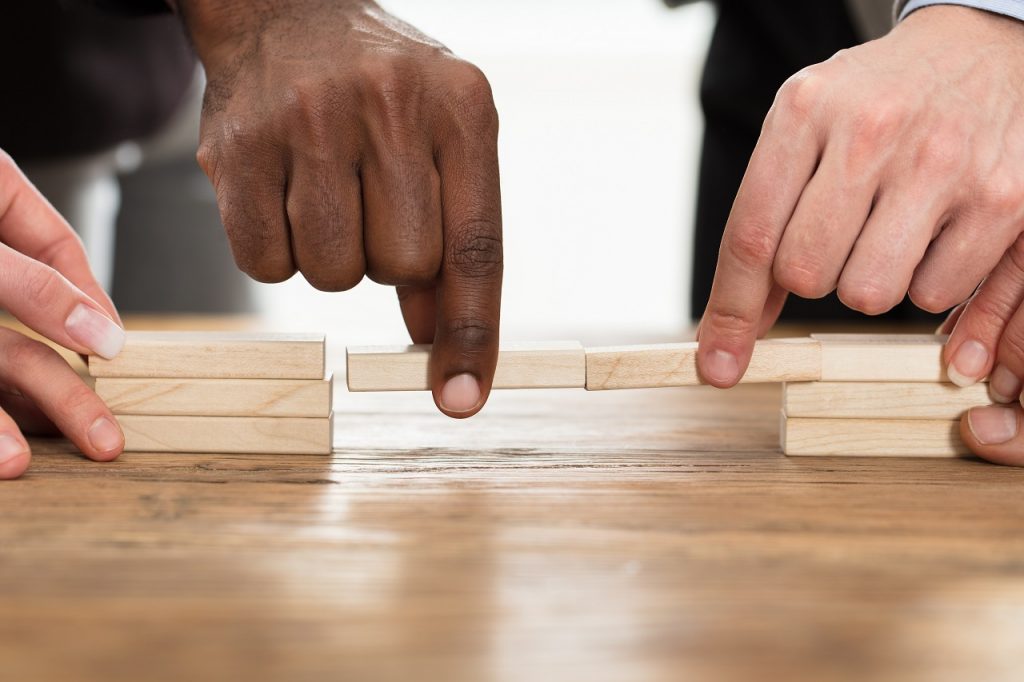
 There are certain foods which help us build immunity and strengthen bodily functions. Nature has provided us with many superfoods which are a combination of many vitamins, minerals and fiber. We should try and include such food in our daily diet so that we can keep off deadly diseases like cancer and provide our body with the power to fight these diseases.
There are certain foods which help us build immunity and strengthen bodily functions. Nature has provided us with many superfoods which are a combination of many vitamins, minerals and fiber. We should try and include such food in our daily diet so that we can keep off deadly diseases like cancer and provide our body with the power to fight these diseases.
